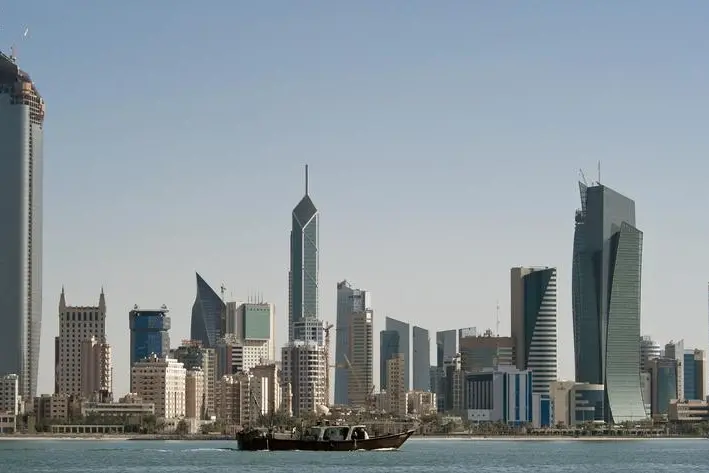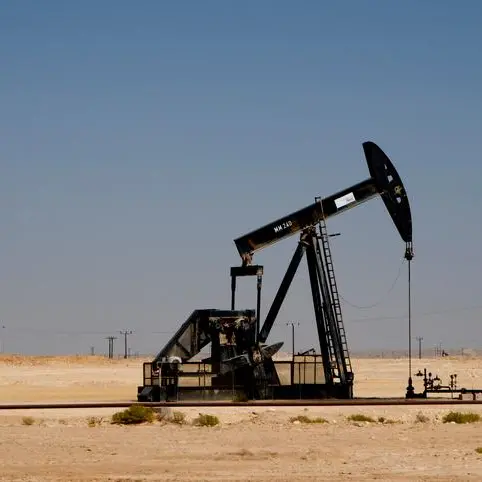PHOTO
The credit rating agency, Fitch, expects Kuwait to record 1 percent growth in GDP in 2023, compared to 0.8 percent in Abu Dhabi, 2.2 percent in Bahrain, 2.1 percent in Oman, 0.2 percent in Qatar, 1.5 percent in Saudi Arabia, and 1.8 percent in Saudi Arabia. As expected by Fitch 3 in most Gulf countries (except Bahrain), these surpluses will be much lower than they were in 2022, assuming that the average price of a barrel of oil is $85 (less than $ 100 a barrel in 2022) and the stability of production on a wide range of levels by end of 2022. It is likely that Qatar will record a surplus of a similar size in 2023, given the smooth link between oil prices and contracted liquefied natural gas prices, and the decrease in spending after the 2022 World Cup.
According to Fitch data, the level of unemployment among youth in Kuwait increased between 2012 and 2021, recording the highest rate among the Gulf countries at about 17 percent.
Budgets
Fitch pointed out that a change in the price of a barrel of oil by $10 leads to a change in the budgets of the Gulf countries by between 2.5 percent and 6.5 percent of the GDP, and everything else is equal. Fitch also expects government debt/GDP of oil exporters to remain largely stable or rise moderately given the dampening effect of lower oil prices on nominal GDP. Results will also depend on fiscal reform efforts and the degree of spending control amidst the relatively high oil prices. In terms of the spending reaction to the oil windfall in 2022, there has been some fiscal easing across the Gulf, and in some cases, this has led to a slight deterioration in the structural fiscal position.
Fitch expects more gradual fiscal reforms in the lower-rated Gulf countries Bahrain and Oman, where financial reserves are lower and the potential for oil production gains is more limited. Fitch also suggested improvements in Saudi Arabia, in the 2023 budget, and in general Gulf countries face a challenge in achieving long term financial sustainability, achieving good economic results for their citizens and promoting economic diversification.
Trends in non-oil economic activity in their countries are usually partially related to trends in government spending or public spending in the government sector. Therefore, governments may maintain budgetary fiscal consolidation while broader public sector spending increases, leading to a gradual buildup of potential liabilities.
On the other hand, Fitch said that the growth of oil-exporting countries in the Middle East and North Africa region will be much weaker in 2023 as oil production stabilizes. Fitch added that slower global growth in 2023 could lead to further cuts in OPEC + if the oil market turns decisively into surplus, but concerns remain about possible supply shortages, including with regard to Russia. Non-oil growth in the Gulf countries will retain some momentum, but will slow down, from an average of 4.5 percent to 3 percent, given the indirect effects of oil prices, high interest rates and weak global growth. Some post-pandemic gains will fade in 2023
© 2022 Arab Times Kuwait English Daily. All Rights Reserved. Provided by SyndiGate Media Inc. (Syndigate.info).























